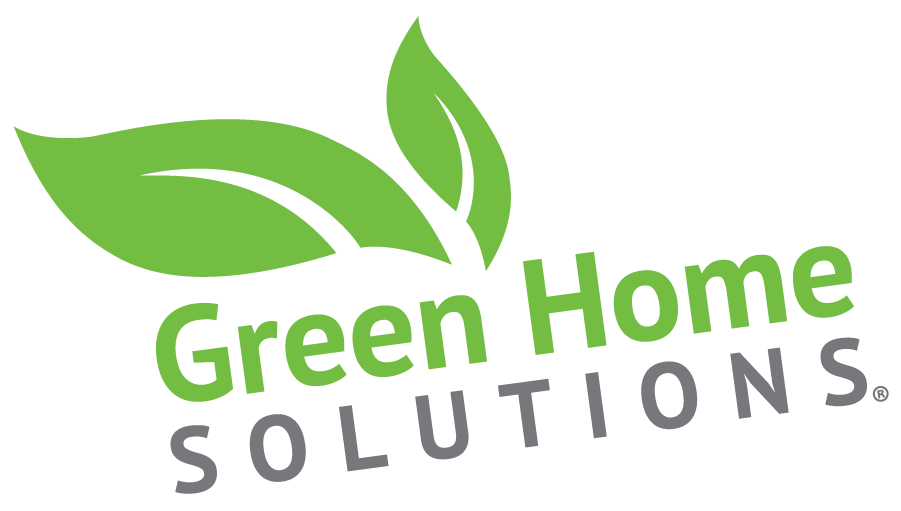What is the approved method of deactivating Mycotoxins?
There is no single approved method for deactivating mycotoxins, as the effectiveness of different methods can vary depending on the type of mycotoxin and the specific circumstances of the contamination. However, here are some methods that have been used to deactivate mycotoxins:
- Physical removal: Physical removal of contaminated material is often the most effective method of deactivating mycotoxins. For example, contaminated grain can be screened or cleaned to remove the contaminated kernels. Hepa Air scrubbers and Hepa Vacuums are the most effective forms of physically removing mycotoxins but are not considered the complete process.
- Heat treatment: Heat treatment can be effective for deactivating some mycotoxins, such as aflatoxins. However, the effectiveness of heat treatment can depend on factors such as temperature and duration of treatment. Heat coupled with Ozone generation is really the second step to this process which deactivates the toxicity of Mycotoxins.
- Chemical treatment: Chemical treatments such as oxidation, reduction, and acid hydrolysis have been used to deactivate mycotoxins. However, the use of chemical treatments can be limited by concerns about the safety of the treated food product.
- Biological treatment: Some studies have shown that certain types of bacteria and fungi can degrade mycotoxins in contaminated materials. However, the use of biological treatments can be limited by concerns about the safety and effectiveness of the treatment.
- It’s an A and B or either A or B between 3 and 4.
Overall, the most effective method for deactivating mycotoxins will depend on the specific circumstances of the contamination. It is important to consult with a qualified expert to determine the best course of action for deactivating mycotoxins in a given situation.
